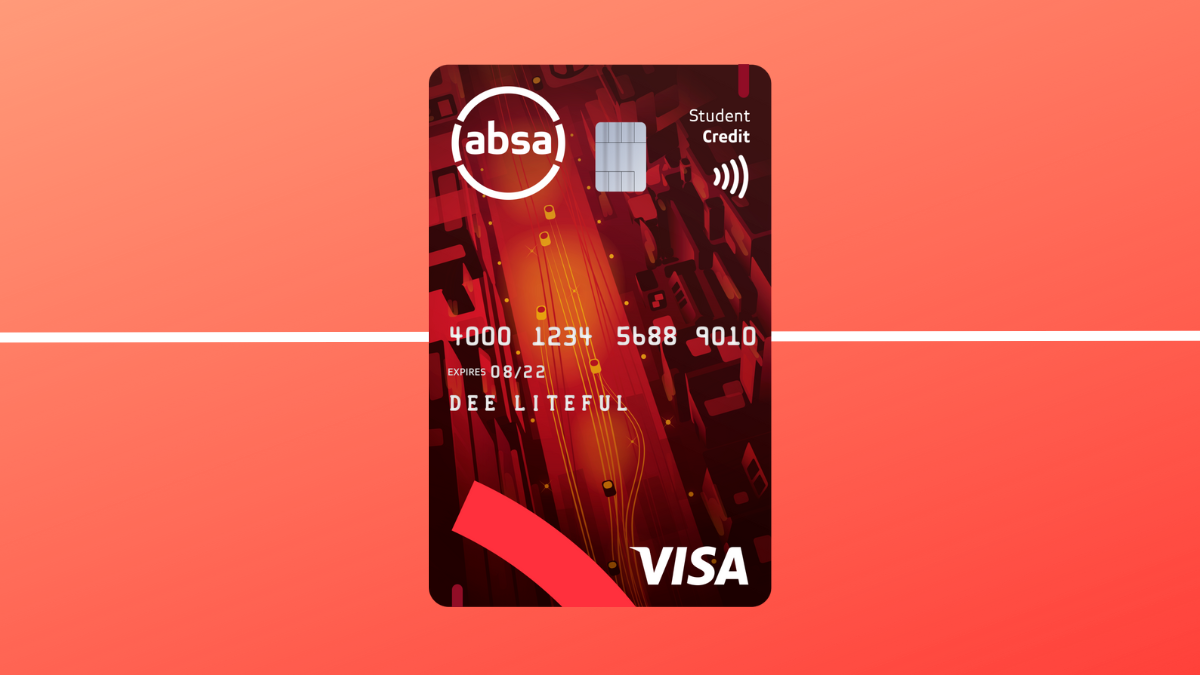SA
6 tips to set up an education savings plan
Learn how to design your child's education savings plan and start building their future today!
Advertisement
Save for your child’s future with a little help from this article

Planning for your child’s education is essential, and having an education savings plan is one way to achieve it. In this article, we will discuss 6 valuable tips for setting up an education savings plan.
After all, having a good education savings plan can be the difference between a successful future and a harder one. Don’t let your child struggle. Start savings with the help of these tips.

African Bank Personal Loan review
Looking for a personal loan? African Bank offers low interest rates, flexible repayment terms, and quick approval. Read our review to see how it works.
Tip #1: Start your child’s education savings plan early.
Starting early can make all the difference. This is one of the most important tips on an education savings plan you can have.
The earlier you start, the more time your money has to grow with compound interest. Furthermore, ideally, you should start saving from the moment your child is born.
Although this may seem excessive, it is never too early to start thinking about your child’s future.
Also, by starting early, you give yourself a significant advantage. Even if you can only contribute a small amount each month, over time, those savings will add up.
Compound interest can also significantly increase the amount of money you have saved, so the longer you have, the better.
Moreover, starting early will help you avoid the need to make large contributions later. If you wait until your child is closer to college age, you will need to save much more each month to reach your savings goals.
This can be challenging, as you may have other expenses to consider, such as mortgage payments, car loans, and daily living expenses.
Still, by starting early, you can avoid the stress of playing catch-up.
You will be redirected to another website
By submitting this form, I agree that I am 18+ years old and I agree to the Privacy Policy and Terms and Conditions. I also provide my signature giving express consent to receive marketing communications via automated emails, SMS or MMS text messages and other forms of communication regarding financial products such as credit card and loans. Message frequency varies and represents our good faith effort to reach you regarding your inquiry. Message and data rates may apply. Text HELP for help or text STOP to cancel. I understand that my consent to receive communications is not a condition of purchase and I may revoke my consent at any time.
Tip #2: Determine how much you will need for your child’s education savings plan

Here’s another tip to set up an education savings plan. When planning for your child’s education, it’s important to determine how much money you will need to cover all expenses.
This includes not only tuition fees but also other incidentals that can add up quickly. Some examples are clothing, excursions, computer and internet costs, and stationery and textbooks.
Further, to get an accurate estimate of the total cost, start by researching the schools or programs you’re interested in and their associated fees.
Also, take into account how many years of education your child will need, as well as any potential price increases.
Consider the cost of living in the area, as well as any other expenses for attending school, such as transportation or accommodation.
Then, once you have an estimate of the total cost, you can start thinking about how to save for it.
One option is to use a college savings plan such as a 529 plan or an education savings account (more on that later).
Furthermore, it’s important to choose a plan that meets your needs and fits within your budget.
By determining the total cost of your child’s education early on, you can create a savings plan that gives you the best chance of reaching your financial goals.
Finally, remember to reevaluate your plan regularly as your child grows and circumstances change, and adjust your savings accordingly.
Tip #3: Speak to a financial advisor about your child’s education savings plan
Another valuable tip to set up an education savings plan is to speak to a financial advisor. One of the best things you can do is to speak to a financial advisor or visit financial institution websites.
Financial advisors can be particularly helpful because they will take your individual circumstances into account to provide you with personalized advice.
They can also help you identify investment strategies that are suitable for your needs and goals. For example, they may recommend setting up a 529 savings plan.
This is a tax-advantaged investment account that allows you to save for education expenses.
Visiting financial institution websites can also be beneficial. Many of these sites provide tools and resources that can help you estimate education costs.
For example, you may be able to use an online calculator to determine how much you should be saving each month to reach your education savings goals.
Tip #4: Avoid debt to set up your child’s education savings plan.

When setting up your child’s education plan, it is important to keep an eye on your debt. Avoid taking on any unnecessary expenses that could interfere with your ability to save.
This means being mindful of credit card purchases, loans, and other forms of debt.
Any financial burden that you take on could impact your ability to put money aside for your child’s education. So be prudent in your spending habits.
One way to avoid taking on unnecessary expenses is to make a budget and stick to it.
Look at your income and expenses and determine how much you can reasonably set aside for education savings each month.
Then, adjust your spending accordingly. This might mean cutting back on non-essential purchases like dining out or buying new clothes.
You may also have to find ways to reduce your existing expenses, such as refinancing your mortgage or negotiating with service providers.
It’s also important to consider your long-term financial goals when deciding how much to save for your child’s education.
While it’s important to save for your child’s future, you also need to make sure you are adequately saving for your own retirement and other financial goals.
Tip #5: Increase your savings periodically
One effective tip to boost your child’s education savings plan painlessly is as follows: commit to saving a percentage of your salary increase each year.
You can also save an amount that increases by a few percent ahead of inflation each year.
Further, this approach ensures that you are consistently increasing your savings and staying ahead of rising education costs.
Another effective way you can also grow your savings is to automate your contributions.
This way, you won’t have to worry about remembering to make contributions. You’ll be less likely to dip into your savings for other expenses.
Also, you can set up automatic transfers from your checking account to your education savings account.
Furthermore, you can even arrange for your employer to deduct a portion of your paycheck and deposit it directly into your savings account.
Tip #6: Set realistic goals for your child’s education savings plan.
While it would be ideal to save enough money to cover the entire cost of your child’s education, this may not always be possible.
Instead, focus on targeting the growing gap between salary increases and school fee increases.
To set realistic goals, start by considering how much money you can realistically save each month or year.
Further, you may need to make adjustments to your budget to make this possible.
Once you have a target amount in mind, consider how much you will need to save in total to cover the cost of your child’s education.
Also, keep in mind that education costs are likely to increase over time, so it’s important to factor in inflation and adjust your savings accordingly.
You may also want to consider other sources of funding, such as scholarships, grants, and student loans.
Are you already a student? How about a credit card to start building credit?
Now that you already know how to pay for college, how about getting a credit card to pay for your everyday expenses?
Most credit cards require a large credit history. But you can start with a student’s credit card, which is designed specifically for those starting their financial life.
Absa bank has a great option for students. Learn everything about this card by reading the full review on the following link.

Absa Student Credit Card review: exceptional rewar
Learn how this card helps you build your credit as a student in this Absa Student Credit Card review.
About the author / Danilo Pereira
Trending Topics

Manor Park Funding review: get a loan easily
In this Manor Park Funding review you will learn about an easy way to get the short-term loan you need. Read on and find out!
Keep Reading
US Bank Cash+® Visa® Secured Card application
Applying for the U.S. Bank Cash+® Visa® Secured Card is easy! Learn how to get started and find out what you need to qualify.
Keep Reading
Wells Fargo Reflect℠ credit card review
In this Wells Fargo Reflect℠ credit card review, you will learn about this card's super-long 0% intro APR. Plus, it charges no annual fee.
Keep ReadingYou may also like

Learn how to take a pregnancy test online
Confidential and hassle-free: Dive into the world of pregnancy test apps online, offering discreet ways to check your pregnancy status
Keep Reading
Applied Bank® Secured Visa® Gold Preferred® Credit Card review
Check our Applied Bank® Secured Visa® Gold Preferred® Credit Card review and learn how to build a solid financial future!
Keep Reading
CreditFresh Review: Enhance Your Credit Profile!
If you want to borrow responsibly, build your credit, and access funds whenever you need them, review CreditFresh Line of Credit!
Keep Reading